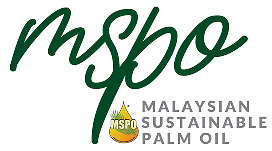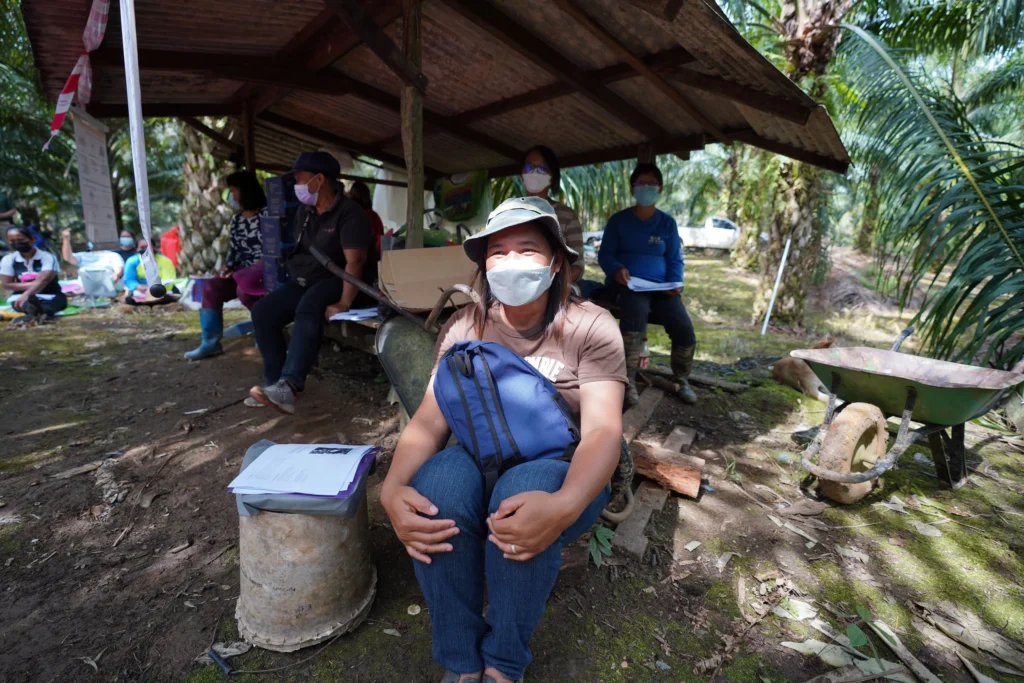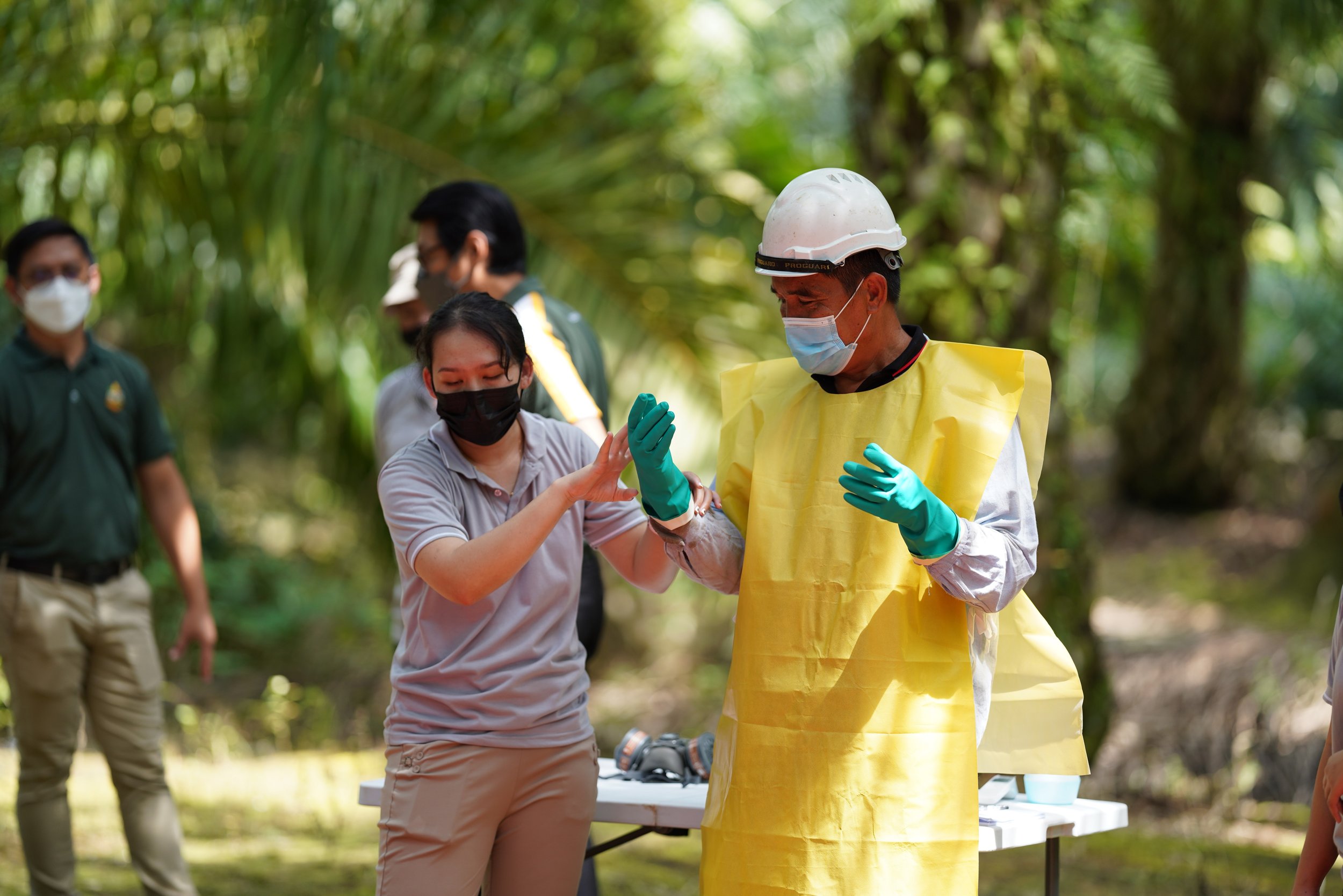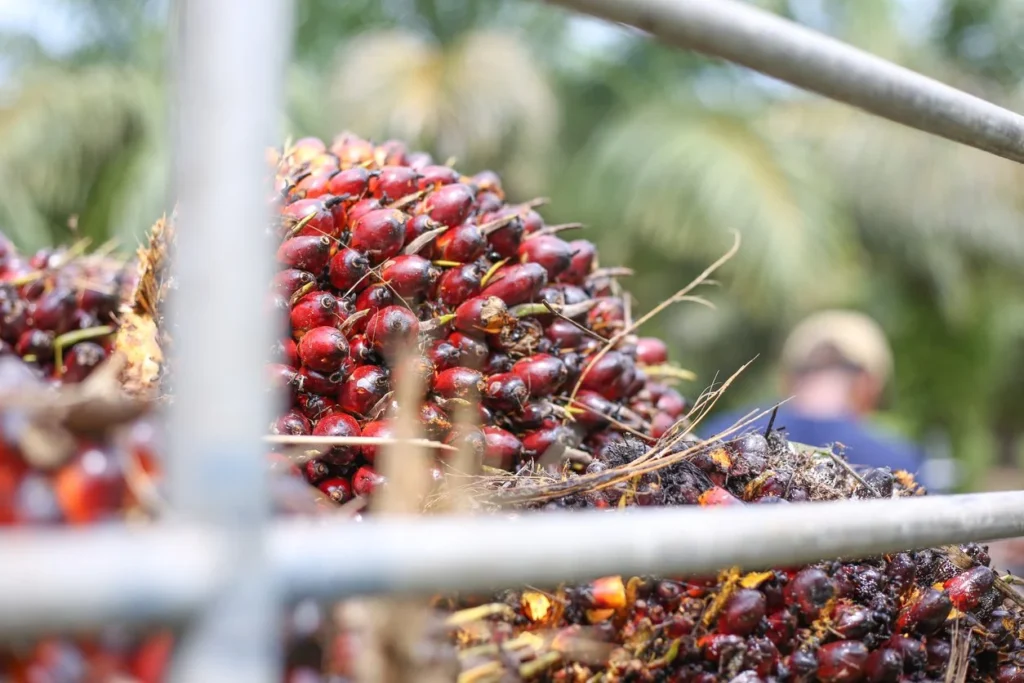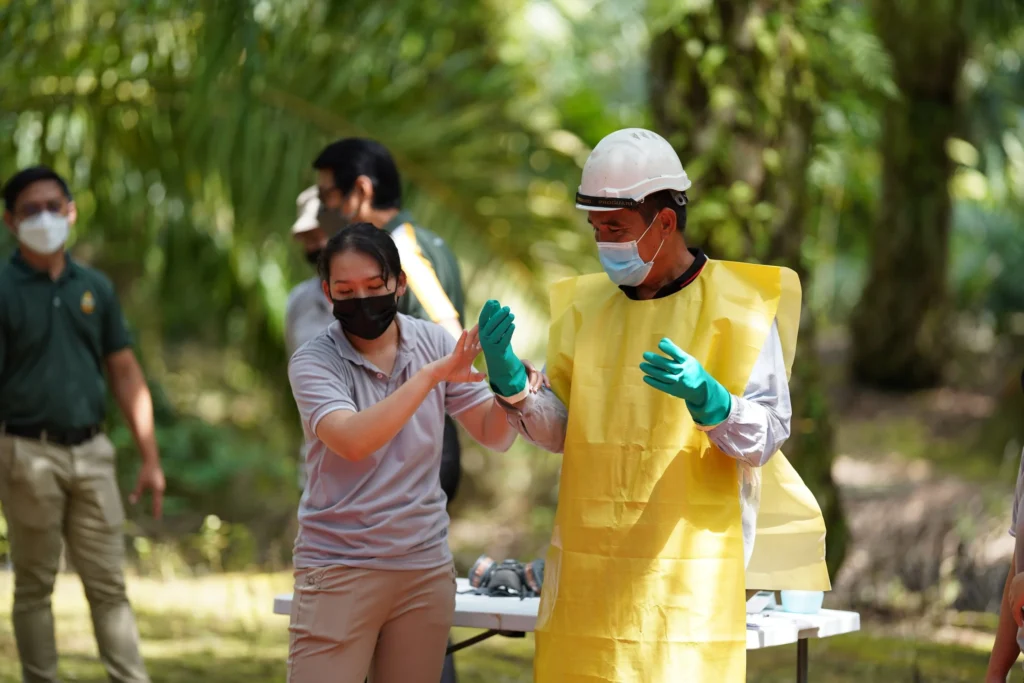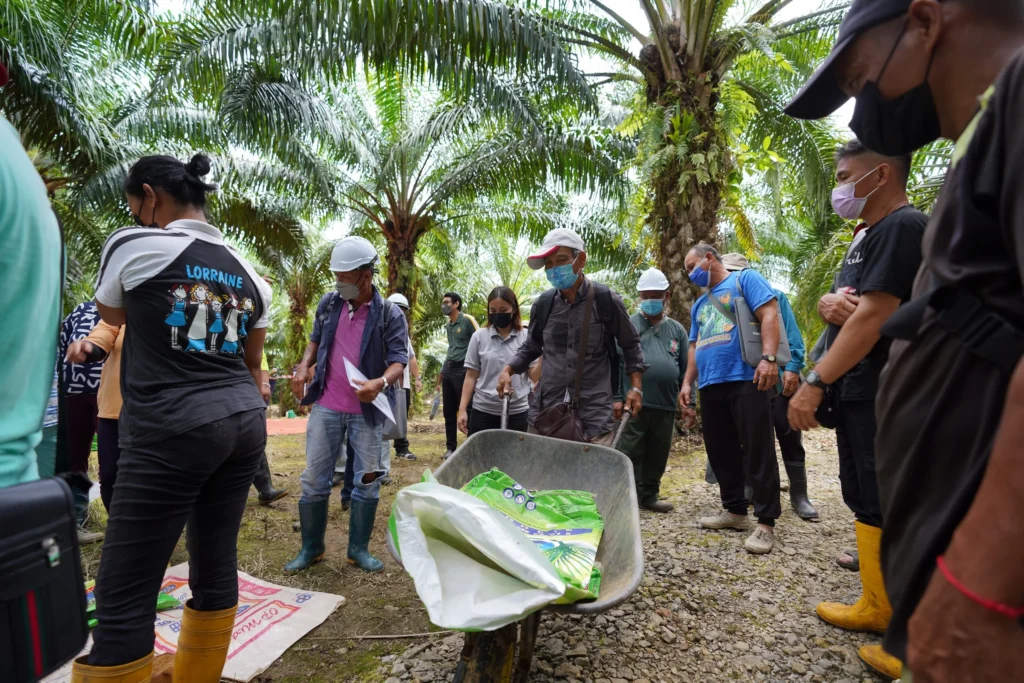Written by Ajeng Jok Wan, MPOCC
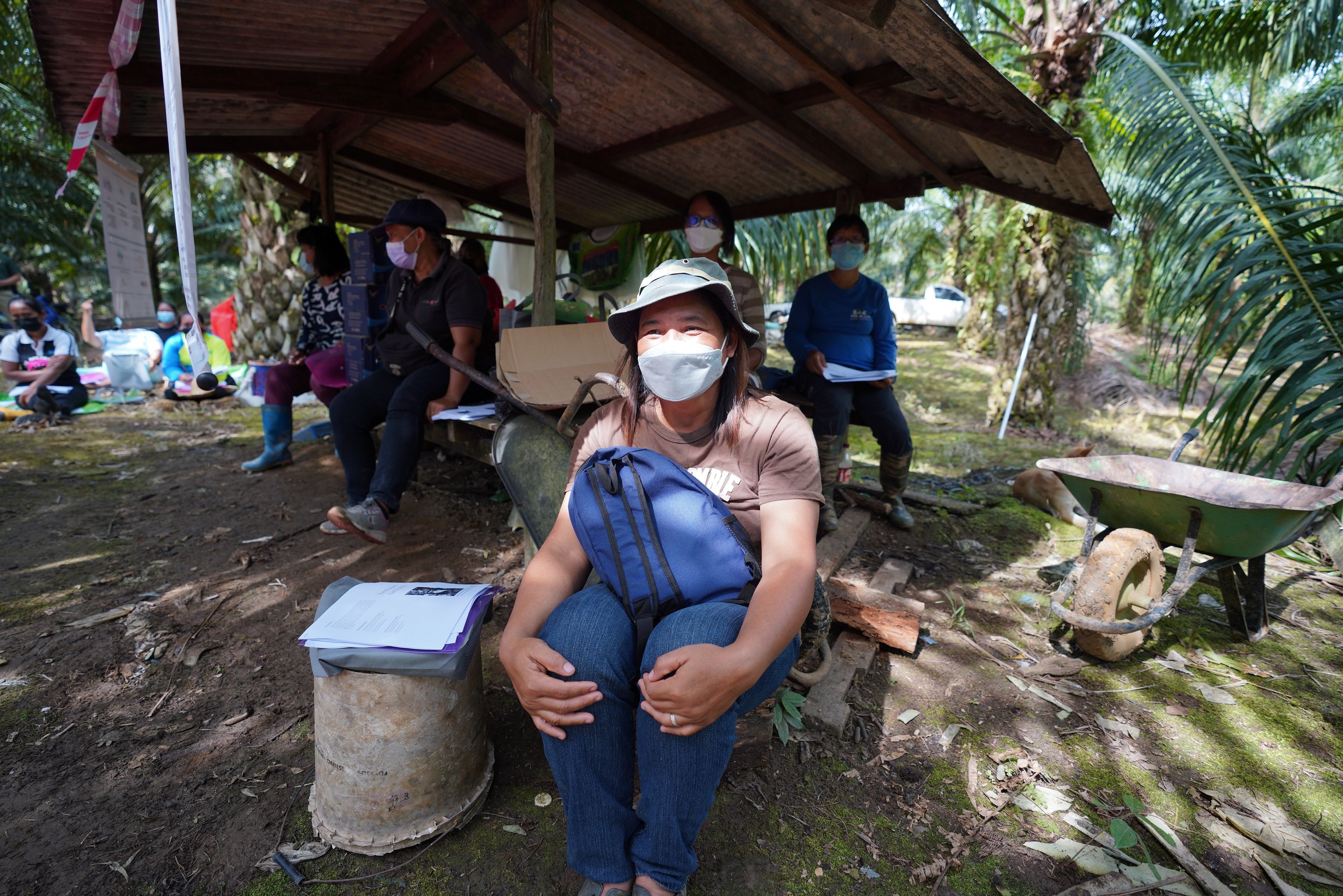
Smallholders are the backbone of the Malaysian palm oil industry
. Smallholders made up 30-40% of palm oil cultivation in Malaysia. As of December 2021, there were almost 250,000 licenses for smallholders in Malaysia with Johor as the state with the greatest number of smallholders followed by Sarawak and Sabah. MSPO Certification has been made mandatory for smallholders starting 31st December 2020.
As of May 2022, around 600,000Ha of smallholders’ oil palm cultivation area has been certified MSPO. Smallholders are categorised into two namely Independent Smallholders (ISH) and Organised Smallholders (OSH). ISH are smallholders that managed and work independently on their farms. Licensing requirement for ISH is to only have a maximum of 40.46ha planted area. Whilst for OSH, their farms are jointly managed by federal or state agencies such as Federal Land Development Authority (FELDA), Federal Land Consolidation and Rehabilitation Authority (FELCRA), Sarawak Land Consolidation and Rehabilitation Authority (SALCRA), Sabah Land Development Board (SLDB), etc.
Oil palm cultivation is the main income to most ISH whilst some treat it as their side income on the weekend. Thus, for the ISHs whose main income is coming from oil palm cultivation. They are more focused on running their farm. They permanently hired helping hands on their farm and some own heavy machinery such as tractors for their in-field operations.
For the side incomer, the majority also hired helping hands for their farm, however, they will hire them on an operational basis. Some side incomers will do all work on their own if they have a small farm. For machinery, if needed, they will rent from fellow smallholders. These are the current practices of smallholders in operating their oil palm cultivation.
As technology advances, we can see smallholders improve in the area such as operations, communications, infrastructure, and information.
Operations in oil palm cultivation have progressed through new technologies
towards efficiency and cutting costs enabling smallholders to be able to do more with fewer costs and efforts.
The availability of mobile phones has made communications seem effortless nowadays. We can see smallholders fully utilise these technologies to speed up communications among them. With the advancement of building materials, building machinery, tools, etc. ISHs have upgraded their infrastructure to be better, more comfortable, and more durable. Crucial buildings and roads have been constructed sometimes on their self to improve their infrastructures and facilities.
These infrastructures provide comfort and efficiency to the smallholders in their workplace. Information is at our fingertips nowadays. Smallholders can utilise their tablets, mobile phones, and laptop to get new information for the improvement of their farm. Smallholders can educate themselves through these devices.
Smallholders also can access information regarding their sustainability status on our website and platform
MSPO Trace
. They can also review, renew, getting info regarding their license through the
MPOB portal
. There is no telling what the future holds for the next generation of smallholders. Whatever it is, I believe that technology will keep on advancing and smallholders must keep up with the current and latest technology.
This will keep them competitive business-wise and improve their farm’s yield. I believe that technology will be the main force for the next generation of smallholders to strive for excellence in the future.
